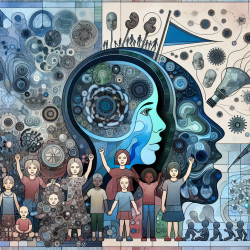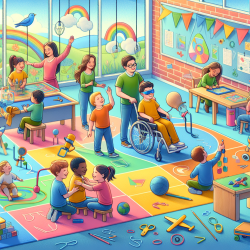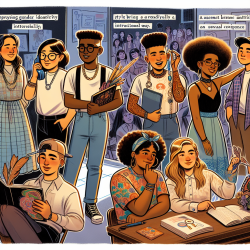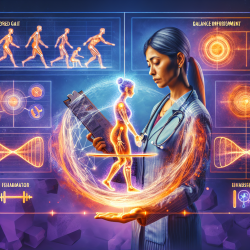Introduction
In the quest to improve therapeutic outcomes for children with dyslexia, recent research has illuminated a fascinating avenue: the role of facial speech cues. The study titled Facial Speech Processing in Children with and without Dyslexia explores how children with dyslexia process visual speech information and how this can be leveraged to enhance reading skills. This blog delves into the study's findings and discusses how practitioners can apply these insights to improve therapy outcomes.
The Study at a Glance
The research examined two competing hypotheses about dyslexic children's use of facial speech cues: "mouth insensitivity" versus "mouth reliance." Using eye-tracking technology, the study assessed how children with and without dyslexia focus on a speaker's mouth during various speech conditions. Surprisingly, while no significant group differences were found, individual variations within the dyslexia group suggested that better readers among them paid more attention to the mouth during phonologically demanding tasks.
Key Findings
- Mouth Reliance in Better Readers: Children with dyslexia who were better readers tended to focus more on the mouth during challenging speech tasks, suggesting a compensatory mechanism.
- Facial Speech Cues and Reading Accuracy: In a second study, children with dyslexia showed improved reading accuracy when words were presented with facial speech cues, highlighting the potential of visual information in supporting reading skills.
Implications for Practitioners
These findings suggest that integrating facial speech cues into therapy could be beneficial for children with dyslexia. Here are some practical steps practitioners can take:
- Incorporate Visual Cues: Use videos or live demonstrations of mouth movements during speech therapy sessions to help children connect phonemes with graphemes.
- Personalize Therapy: Assess each child's natural gaze patterns and tailor interventions to encourage more focus on facial cues, especially for those who naturally rely on them.
- Monitor Progress: Use eye-tracking technology to monitor changes in gaze patterns and reading skills, adjusting therapy as needed to optimize outcomes.
Encouraging Further Research
While the study offers promising insights, it also highlights the need for further research to fully understand the relationship between mouth gazing and reading skills. Longitudinal studies could provide valuable information on whether encouraging mouth reliance can lead to long-term improvements in reading abilities for children with dyslexia.
To read the original research paper, please follow this link: Facial speech processing in children with and without dyslexia.










